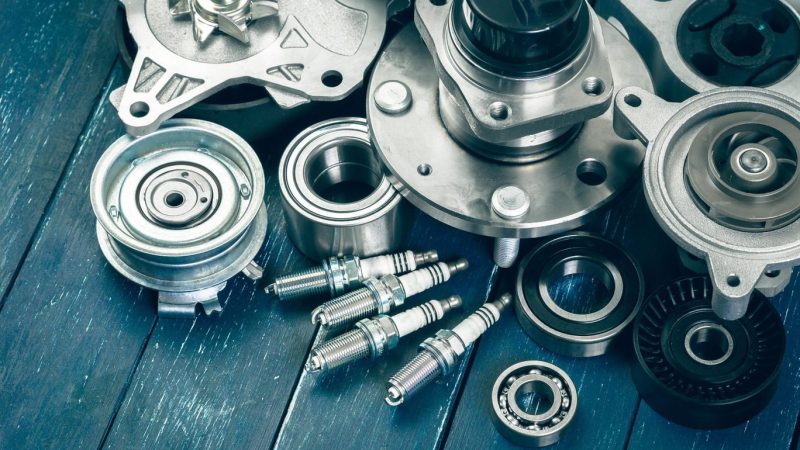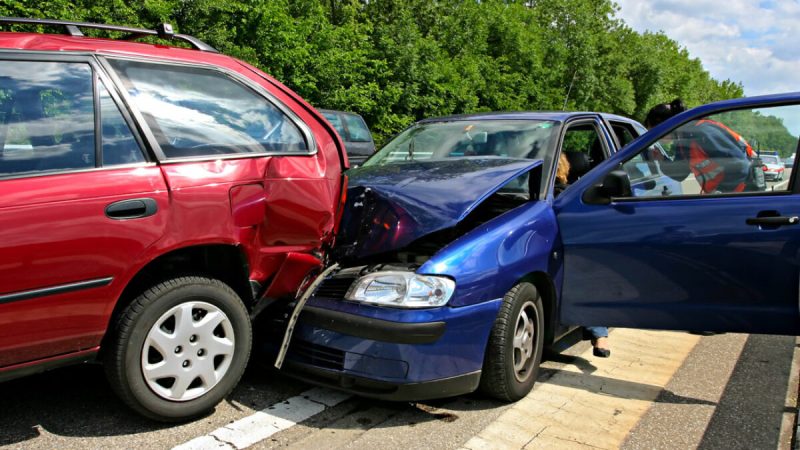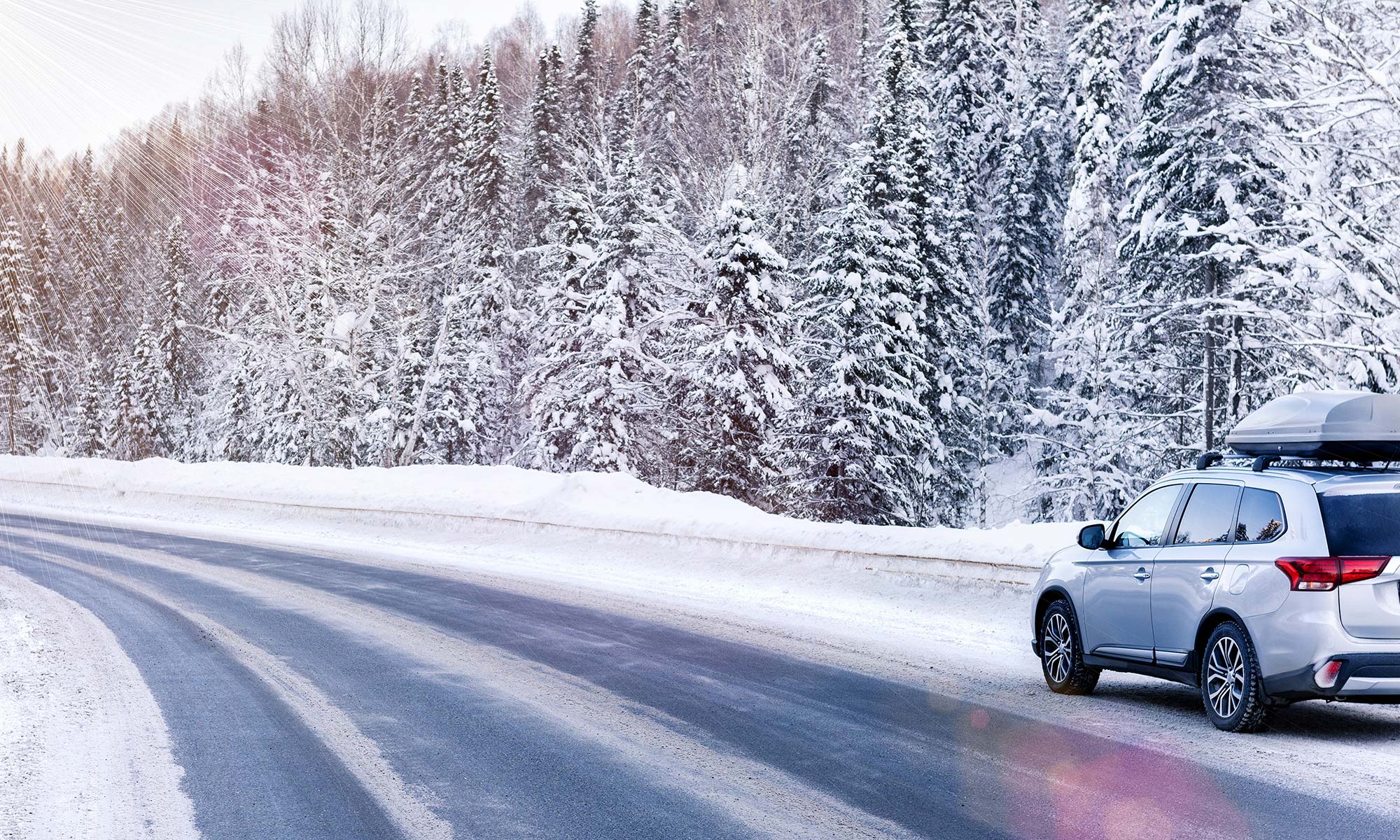It’s easy to let routine car maintenance tasks slip. But, as a season changes, you’ll want to check your oil, wiper fluid, power steering fluid, air filter, battery and lights.
You’ll also want to wash and wax your vehicle to protect it from the rain and road salt. Checking hoses and belts for wear can prevent costly repairs.
Check the Tires
Fluctuating temperatures can cause tire pressure to change, and it’s important to regularly check your tires. For every 10-degree drop in temperature, your tire pressure can decrease by one psi, which can affect your fuel efficiency and your ability to maneuver and stop safely. If your tires aren’t properly inflated, you can use a tire pressure gauge to check the air level and adjust to your vehicle manufacturer’s specifications. Also, inspect the tires for any punctures or uneven wear that may indicate a problem.
In addition to checking the tires for tread and air pressure, it’s a good idea to check your battery, power steering fluid, brake fluid, transmission fluid, windshield wiper fluid, coolant, and oil. If any of these are low, add them or replace the old ones. It’s also a good time to inspect and clean the interior of your car and disinfect high-touch surfaces like the steering wheel, seat belt buckles, and radio and temperature controls.
Check the Brakes
The brakes are an integral part of your vehicle’s ability to stop and slow down. A common sign that your brakes need service is a squealing noise when you press on the brake pedal or feel vibrations in the steering wheel as you are driving.
Inspecting your brakes is very easy to do. If your wheels are on, pull the wheel off and peer in at the rotor (flat, rounded metal disk) and the pad that sits inside it. Look for a large, long metal piece clamped to the side of the rotor that is called the brake caliper. The rubber lining on the brake pads should be at least one-quarter inch thick.
Technicians or experts typically remove the front brake disc or drum and visually inspect them for a variety of issues including rust, cracks, hard spots and physical damage. They also check the caliper assemblies for signs of leaking fluid and rusted caliper slides. They will also measure the thickness of the exterior braking material on each rear brake pad and compare it with the manufacturer’s specifications.
Check the Battery
If you’re planning to use a block heater or battery blanket this winter (or to simply keep one in your car for emergencies), take the time to remove the negative cable hardware and clean any corrosion off the terminals. You can do this with a wrench or special battery pliers (available affordably at your auto parts store).
If the engine starts slowly on chilly mornings, it’s a sign that the battery is weak. Cooler temperatures slow down the chemical reactions that occur in the battery, which makes it harder for it to crank the motor oil required to start the engine.
It’s also a good idea to get your battery tested, which will tell you if it has enough cold cranking amps to handle the winter temperatures. If the manufacturer’s testing indicates it’s time for a new battery, make sure you choose a model with the right CCA rating to match your needs. Also, consider a maintenance-free battery for easy care.
Check the Lights
As summer ends and winter approaches, it’s time to get rid of all the soils and rock salts that have accumulated on your car during the season. Take the time to deep clean your vehicle and apply a protective coat of wax or sealant to help prevent staining and oxidation.
As daylight hours get shorter, it’s important to make sure your vehicle’s lights are working properly. Take the time to visually inspect all the lights including headlights, parking, tail, four-way hazard and identification lights.
Also, be sure to check your fluid levels. The weather can affect the amount of windshield washer fluid, power steering fluid and brake fluid needed for your vehicle to operate properly. Having these fluids at the recommended level helps protect you and your car against costly repairs. Refer to your owner’s manual for recommendations regarding specific fluids. The last thing you want is to be stranded on the side of the road due to an overheated engine or other unexpected breakdown!






